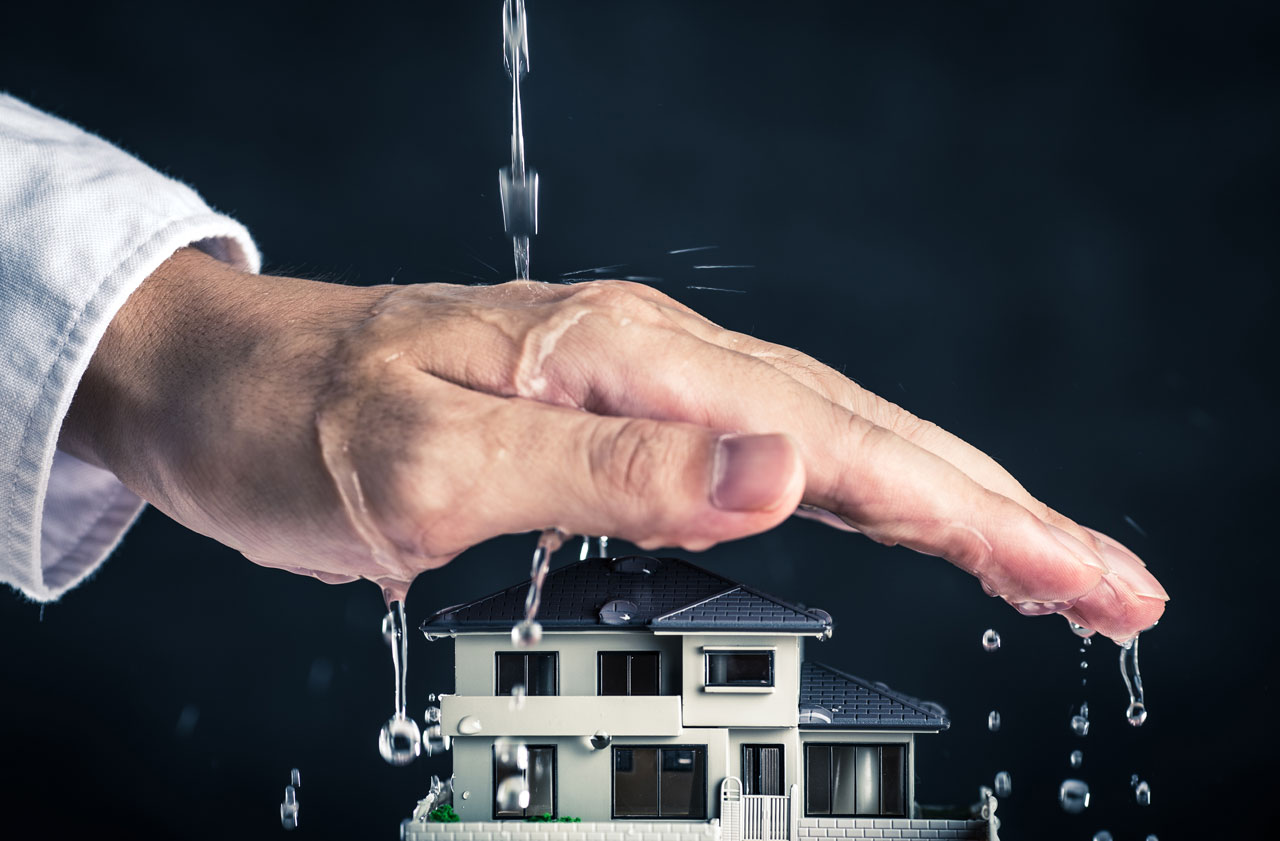How Green Building Initiatives Help Combat Climate Change ?
Climate change is one of the most pressing challenges of our time. India, as one of the fastest-growing economies, is uniquely positioned to lead the way in adopting sustainable practices across various sectors. The construction industry, in particular, is playing a key role in reducing environmental impact through green building initiatives. India has become one of the world’s leaders in green building certifications, with the Indian Green Building Council (IGBC) having certified over 7,900 green building projects, covering an estimated 1,370 million sq. ft. of built-up area. This rapid adoption reflects the industry’s commitment to building a greener future. In this article, we explore how green building initiatives help combat climate change:
Water conservation and management
Green building practices are making a significant positive impact by incorporating advanced water conservation strategies. These sustainable technologies are collectively helping green buildings in India save vast amounts of water annually. Some of these practices include:
- Rainwater Harvesting: Rainwater harvesting systems are becoming a standard feature in green buildings. These systems collect and store rainwater for various non-potable uses. This practice helps reduce reliance on municipal water supplies and supports groundwater recharge.
- Greywater Recycling: The adoption of greywater recycling systems is steadily increasing. It helps reuse of water from sinks and showers for purposes such as landscaping and irrigation. This approach significantly reduces the demand for freshwater.
- Low-flow Fixtures: The use of water-efficient fixtures, such as low-flow faucets, showerheads, and dual-flush toilets, is becoming more widespread in green buildings. These fixtures help minimize water usage without compromising performance.
Sustainable concrete solutions
The use of eco-friendly concrete alternatives is gaining traction, with a growing number of projects opting for materials that minimize environmental impact.
- Ecodure by Nuvoco: Ecodure concrete, an environmentally friendly solution developed by Nuvoco, is being increasingly adopted in green construction. It has reduced carbon dioxide emissions by up to 60% compared to traditional concrete.
- High-performance Fly Ash Concrete: Fly ash concrete, which uses industrial by-products, is another sustainable alternative that is becoming mainstream.
Promoting renewable energy
Green building initiatives in India actively encourage the integration of renewable energy sources into construction projects. This shift is important in reducing dependence on fossil fuels and decreasing overall carbon emissions.
- Rooftop Solar Panels: The installation of rooftop solar panels is a common feature in green buildings. It helps them generate clean, renewable energy on-site. This practice reduces the building’s reliance on grid electricity and helps cut down on carbon emissions.
- Wind and Geothermal Energy: In addition to solar power, green buildings in suitable regions are incorporating wind turbines and geothermal systems. These renewable energy sources provide sustainable alternatives to conventional power.
Lowering construction waste
Traditional construction practices often generate significant waste, from excess building materials to packaging and debris. Green building initiatives aim to minimize this waste through the use of sustainable practices and materials.
- Prefabrication and modular construction: Prefabricated components, which are manufactured off-site and assembled on-site, can significantly reduce material wastage and construction time. This method is becoming more popular in the Indian construction industry, contributing to a reduction in construction-related waste.
- Use of recycled materials: Green buildings prioritize the use of recycled and locally sourced materials, such as recycled steel, and eco-friendly insulation. This practice reduces the demand for new resources and promotes a circular economy.
Choosing ready-mix concrete can also help minimize construction site waste. It is produced in precise quantities at a batching plant, eliminating the need for on-site mixing. This controlled process ensures consistent quality and prevents errors that might lead to rework or the disposal of faulty concrete. Also, bulk delivery reduces packaging waste.
The Indian government is playing a proactive role in promoting green building practices through various policies and incentives. The Energy Conservation Building Code (ECBC) sets standards for energy efficiency in building design and construction, encouraging developers to adopt sustainable practices. Similarly, the Green Rating for Integrated Habitat Assessment (GRIHA) provides a framework for evaluating the environmental performance of buildings.
Government initiatives such as the Smart Cities Mission and the Atal Mission for Rejuvenation and Urban Transformation (AMRUT) are also promoting sustainable urban development by incorporating green building practices into city planning and infrastructure projects.






